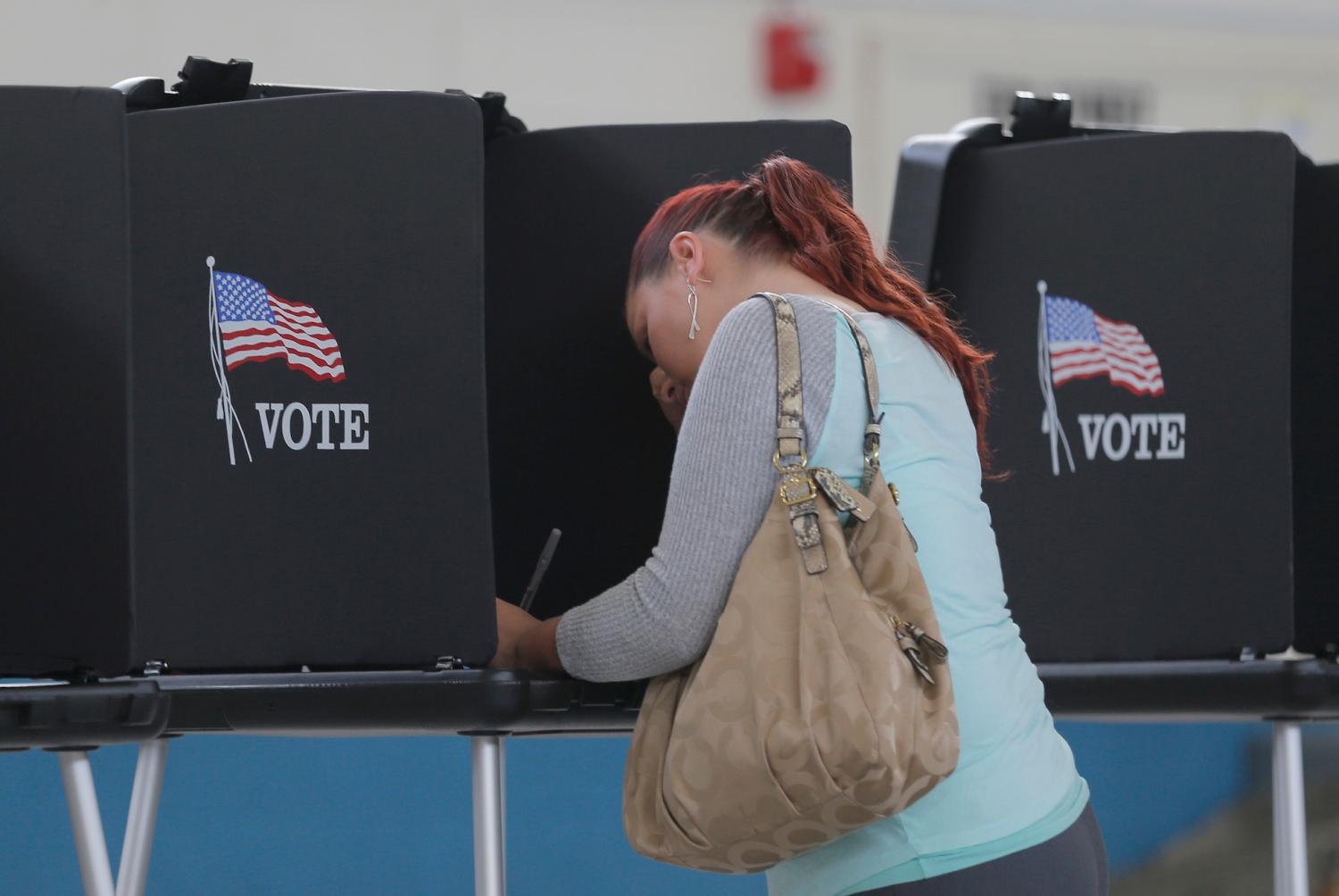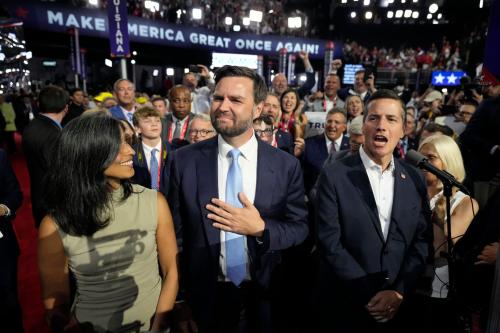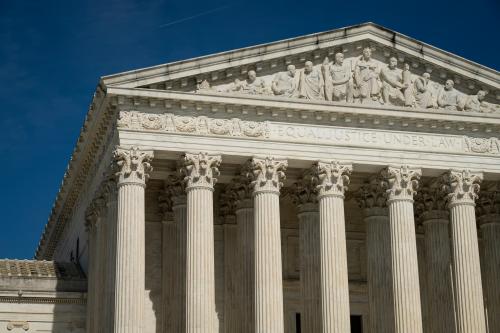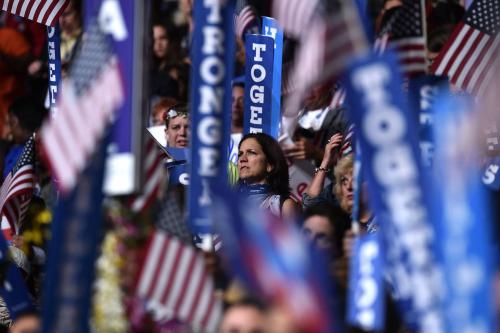The following is the conclusion of “Political polarization and voters in the 2018 congressional primaries,” a report from The Primaries Project at Brookings.
This is the second survey of congressional primary voters that we have conducted here at Brookings as part of The Primaries Project. As in 2016 we set out to find out as much as we could about that subsection of the total population that takes the time to vote in congressional primaries. These elections are often uncontested and ignored by the press. And yet, they shape the behavior of members of Congress who, in this decade have come to fear “being primaried.”
The importance of understanding congressional primaries is the direct result of two other trends in American politics. The first is the decreasing number of competitive congressional seats; the result of both demographic sorting and sophisticated gerrymandering. In modern congressional elections, less than one-quarter of the 435 seats in the House of Representatives end up being in play. The second is the change in campaign finance laws and the importance of issue groups over party groups. Starting with conservative groups like the Club for Growth, issue-based or ideological PACs have become major players in congressional primaries where, because of low turnout, campaign dollars can go a long way. There is some evidence that they can be even more important than party endorsements.1
This means that an incumbent member of Congress has to worry about getting beat in a primary—even though few of them are. Members’ adaptation to the possibility of a primary challenge means that, in the 21st century, primaries are one of the major contributors to polarization.
This subset of voters has a big impact on policy because their concerns will be front and center as the House Democratic Caucus and House Republican Conference weigh their options and formulate their policy.
As we have seen, primary voters tend to be older, better educated, and wealthier than the rest of the residents in their congressional districts. But more importantly, they are strong partisans, they are very ideological, and they see themselves as more ideological than their fellow citizens. This is especially true of the Republican primary voters who skew farther to the right than Democratic primary voters skew to the left.
This subset of voters has a big impact on policy because their concerns will be front and center as the House Democratic Caucus and House Republican Conference weigh their options and formulate their policy. For instance, as our study shows, House Democrats may have more room on trade policy than they’ve had in a long time and House Republicans may have more room on immigration than is commonly assumed.
This research has its limits, of course. Although our sample is large, it is taken from only 20 congressional districts. Nonetheless, we have in our sample what no other surveys have—we know our respondents have actually voted. We hope this research will generate even more work on this very important group of voters.
Return to the report home page, or view the appendix and acknowledgements.
-
Footnotes
- See: https://www.vox.com/mischiefs-of-faction/2018/10/8/17950046/citizens-united-interest-groups.





